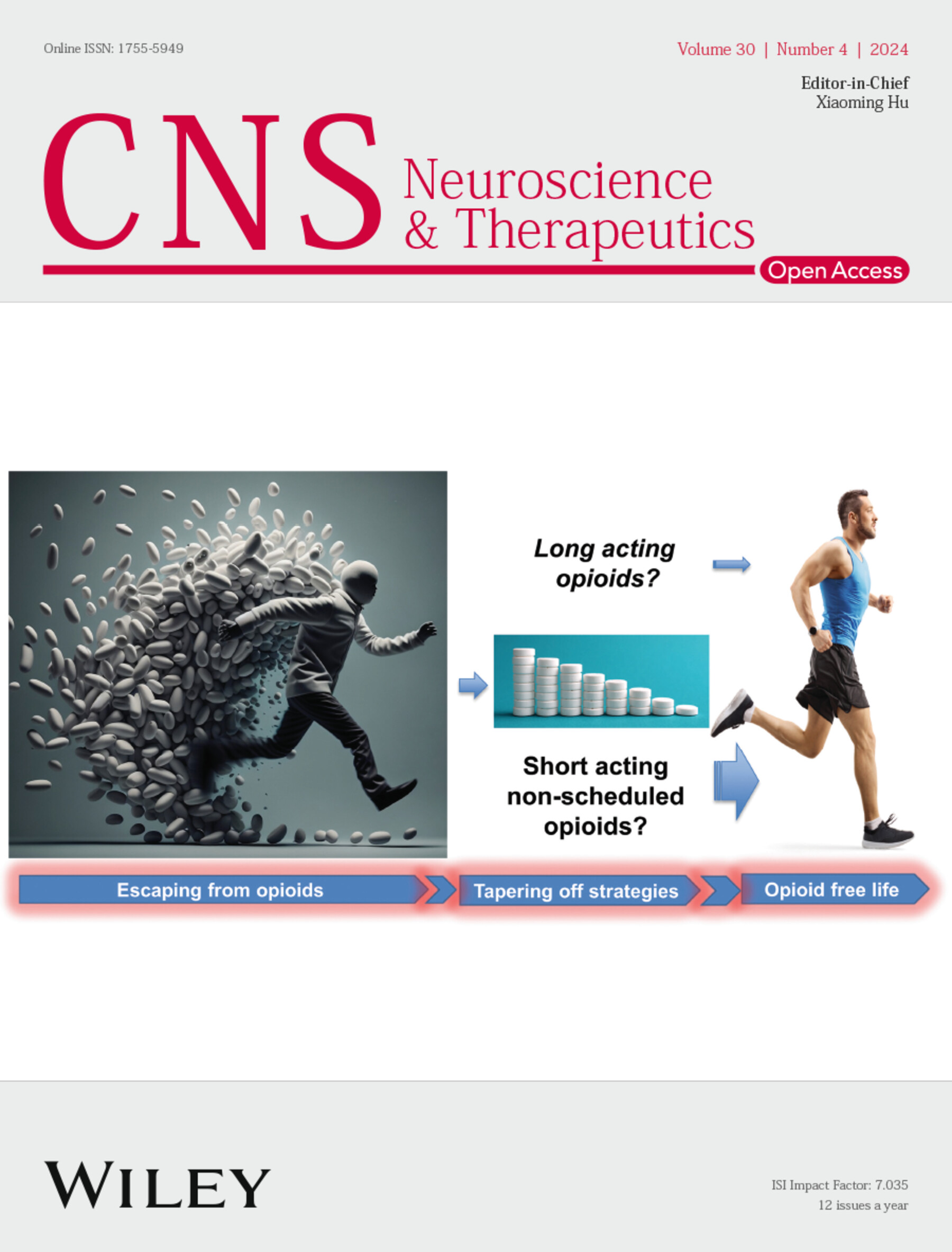The Association of Serum Biomarkers With Symptomatic Hemorrhagic Transformation in Acute Ischemic Stroke Patients: A Combined Retrospective and Prospective Study
Abstract
Background and Purpose
Symptomatic intracranial hemorrhage transformation (s-HT) is a serious complication of ischemic stroke, leading to early neurological deterioration and poor prognosis. It is an urgent problem to timely and effectively identify high-risk patients with s-HT at the early stage of stroke. However, so far, there are no effective clinical detection methods or measures. Therefore, the present study aimed to explore novel blood biomarkers related to s-HT.
Methods
This study includes two parts: a retrospective study and a prospective cohort study. In the first part, s-HT patients were screened (n = 18), and non-s-HTs (n = 128) were selected from the same period of case patients in the retrospective study cohort. The baseline blood samples were obtained within 30 min of admission, and the levels of 92 proteins related to cerebrovascular diseases were detected using the Olink proteomics technology. Multivariate logistic regression and receiver operating characteristic curves were used to analyze the relationship between serum biomarker levels and s-HT. In the second part, s-HT patients (n = 28) and non-s-HTs (n = 130) were selected from a prospective study cohort, which met the same criteria for inclusion and exclusion. Enzyme-linked immunosorbent assay (ELISA) was used to measure the levels of potential biomarker(s) in serum screened from the first part to confirm its/their association(s) with s-HT.
Results
Olink assay showed that patients with s-HT had lower von Willebrand factor (vWF) levels and higher osteoprotegerin, phospholipase C, human insulin-like growth factor binding protein-7, matrix metalloproteinase-2, galectin-4, spondin-1 than non-s-HTs (n = 128) (p < 0.005) in a retrospective study cohort. Principal component (PC) and factor analysis showed that the seven biomarkers could explain 62.76% of the variance in the Olink biomarker set, and vWF was a main loading factor in PC2. Multivariate regression analysis showed that a low level of vWF was an independent risk factor (p < 0.05) for s-HT after adjusting for potential confounders. ELISA test results showed that s-HT patients had a significantly lower vWF levels than the non-s-HT group (26.57 [13.64–37.18] vs. 42.00 [26.02–55.52] ng/mL, p < 0.001) in the prospective study cohort. Incorporating vWF into the clinical risk factors significantly improved the accuracy of predicting s-HT (area under the curve [AUC, 0.731 vs. 0.641, p < 0.001], [AUC, 0.747 vs. 0.560, p < 0.001]) compared to a model employing only clinical risk factors in both study cohorts.
Conclusion
Through the use of a combined retrospective and prospective study, vWF might be a novel blood biomarker for predicting s-HT occurrence in ischemic stroke patients.


 求助内容:
求助内容: 应助结果提醒方式:
应助结果提醒方式:


